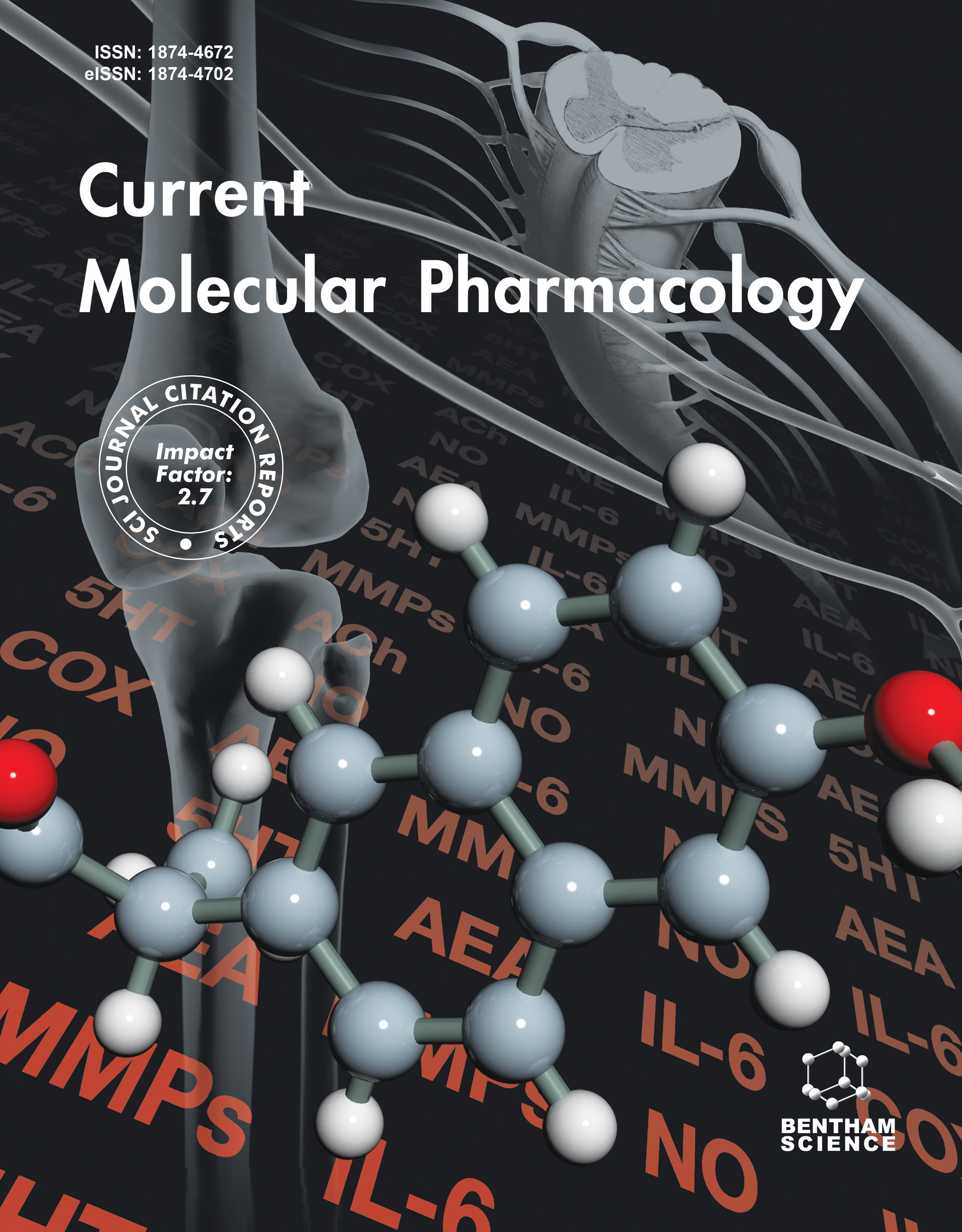-
s Overview of Base Excision Repair Biochemistry
- Source: Current Molecular Pharmacology, Volume 5, Issue 1, Jan 2012, p. 3 - 13
-
- 01 Jan 2012
Abstract
Base excision repair (BER) is an evolutionarily conserved pathway, which could be considered the “workhorse” repair mechanism of the cell. In particular, BER corrects most forms of spontaneous hydrolytic decay products in DNA, as well as everyday oxidative and alkylative modifications to bases or the sugar phosphate backbone. The repair response involves five key enzymatic steps that aim to remove the initial DNA lesion and restore the genetic material back to its original state: (i) excision of a damaged or inappropriate base, (ii) incision of the phosphodiester backbone at the resulting abasic site, (iii) termini clean-up to permit unabated repair synthesis and/or nick ligation, (iv) gap-filling to replace the excised nucleotide, and (v) sealing of the final, remaining DNA nick. These repair steps are executed by a collection of enzymes that include DNA glycosylases, apurinic/apyrimidinic endonucleases, phosphatases, phosphodiesterases, kinases, polymerases and ligases. Defects in BER components lead to reduced cell survival, elevated mutation rates, and DNA-damaging agent hypersensitivities. In addition, the pathway plays a significant role in determining cellular responsiveness to relevant clinical anti-cancer agents, such as alkylators (e.g. temozolomide), nucleoside analogs (e.g. 5-fluorouracil), and ionizing radiation. The molecular details of BER and the contribution of the pathway to therapeutic agent resistance are reviewed herein.


